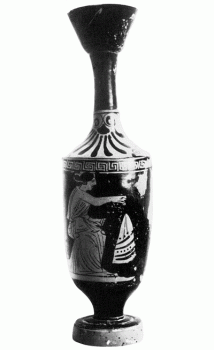American Journal of Archaeology | The Journal of the Archaeological Institute of America
You are here
Archaeology of Empire: Athens and Crete in the Fifth Century B.C.
October 2005 (109.4)
Archaeology of Empire: Athens and Crete in the Fifth Century B.C.
Crete presents a puzzle to historians of ancient Greece. In standard accounts of seventh-century Aegean history, Crete serves as a crucial intermediary between Greece and the Near East. By contrast, the island in the fifth century seems to fall outside the political, cultural, and economic fold of mainland Greece and notably refused to participate in the war against the Persians. What caused this remarkable turnaround? Important new evidence calls for a major reassessment of Late Archaic and Classical Cretan foreign relations. This article examines the relevant literary, epigraphic, numismatic, and archaeological testimony. It also draws from the authorís recent work on the island’s ceramic sequences and overseas imports. Connections with the Peloponnese in the sixth century form a necessary prelude to interpreting subsequent Cretan developments. Current evidence points to a temporary lapse in external contacts at sites across the island in the fifth century. Although various explanations are considered for this lull, the most promising is that Athenian economic intervention shut Crete off from a major Peloponnesian trade artery.
Archaeology of Empire: Athens and Crete in the Fifth Century B.C.
By Brice E. Erickson
American Journal of Archaeology Vol. 109, No. 4 (October 2005), pp. 619–663
DOI: 10.3764/aja.109.4.619
© 2005 Archaeological Institute of America


